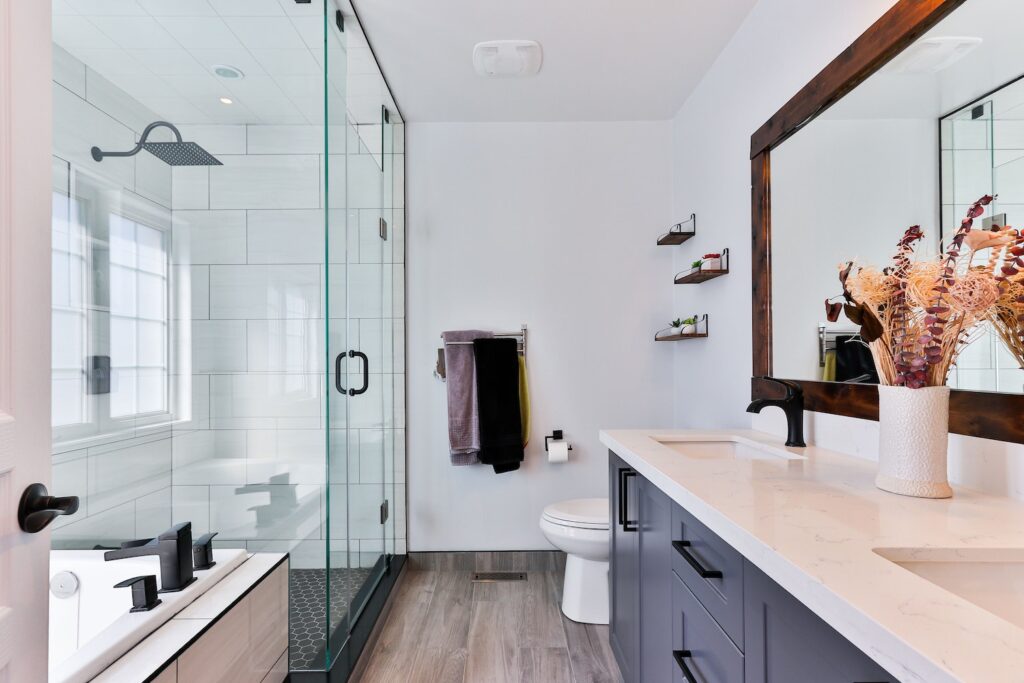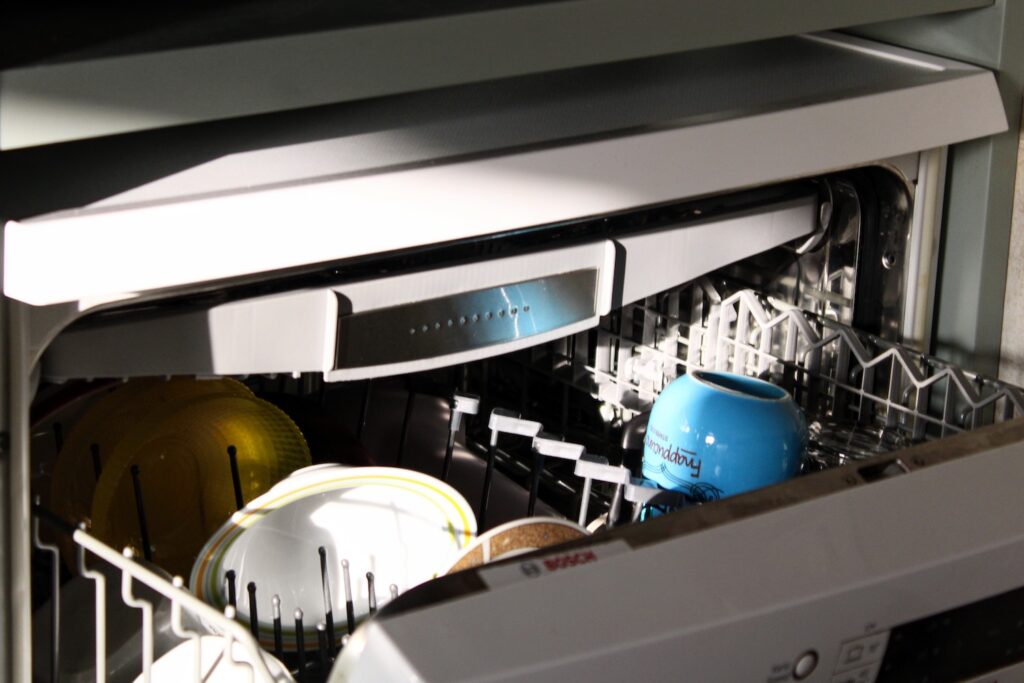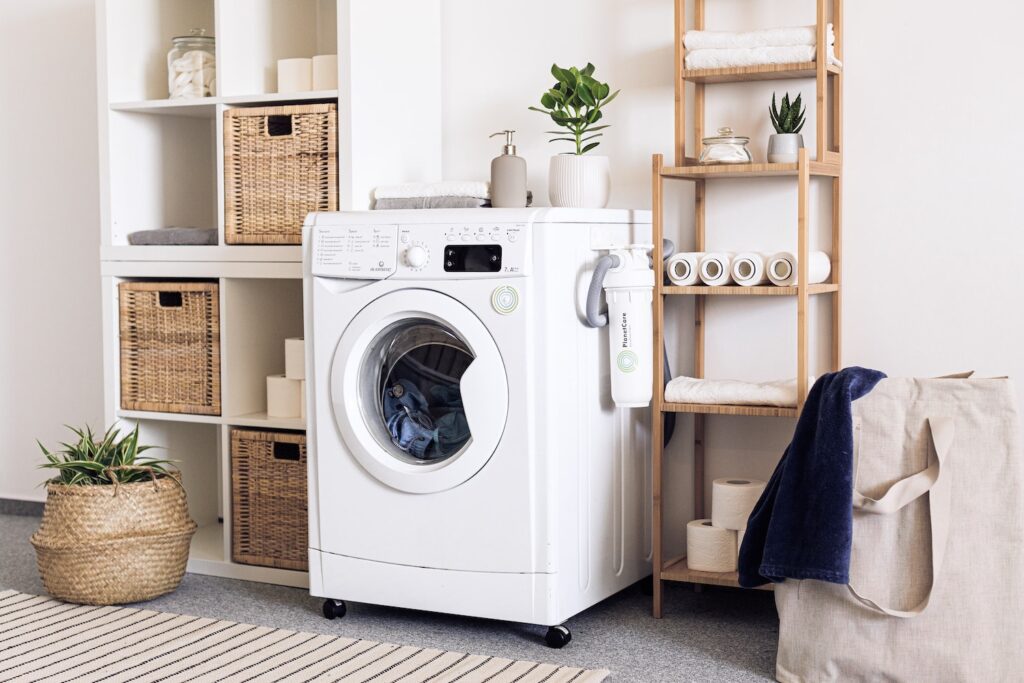Cost of living pressures and environmental uncertainty has many Australians keen on finding better ways to utilise increasingly expensive resources like water and electricity, particularly in the home.
While it may seem that your home water consumption is by and large going to always remain at a fixed level—given that almost all the ways in which we use water we deem to be routine necessities— there are a few simple tips that any of us can use to lower the amount and costs of our water usage.
When it comes to lowering your average home water consumption to a meaningful and lasting degree, we suggest that you and your family familiarise yourselves with some—or all—of the information we have laid out below. You could save yourselves thousands, not to mention playing your part in conserving one of Australia’s most valuable assets: potable water.
On this blog:
- Reducing water consumption in the bathroom
- Lowering your average kitchen water consumption
- Save Water in the Laundry Room

In the bathroom:
More than half of a home’s water consumption comes from its bathroom(s). There are two significant ways to lower our bathroom water usage: technologically and habitually.
When it comes to how we use our bathrooms, there are also a bunch of ways we can reduce our water use, whether it’s taking shorter showers, not running the sink while we brush our teeth, using half-flush or full-flush functions accordingly, and using a bin instead of the toilet to dispose of things like floss, wipes, and cotton buds. Using the toilet as though it’s a bin will inevitably lead to more frequent flushing and clogging.
No other room in the house has more water flow than your bathroom. Actually, more than half of all water use inside comes from bathrooms.
There have been many modern innovations that can drastically lower our water use. Ask your plumber to replace your showerheads, toilets and taps! It will significantly affect your home water consumption, especially if your existing amenities are old.
If you’re replacing a bathroom fixture, seek one with a good water ranting score, which denotes products regulated under the Water Efficiency Labelling and Standards (WELS) scheme. The label is designed to help you make informed choices about the water efficiency of the products you buy.
These are some recommendations to reduce your water consumption in the bathroom by almost 50%:
1. Limit your showers to 5 minutes or less.
This one is a no-brainer. Shower faster, waste less! And always choose to shower instead of baths (unless you really need a break, your mental health matters). Turn off the water while shampooing or lathering up if it’s not too cold. Likewise, turn off the water while shaving or tooth brushing.
2. Replace your single-flush toilet with dual flush toilets.
New toilets perform the same function with 5 L or less than older toilets, which can use up to 12 L per flush. This simple upgrade allows a typical family to use 20% less water per toilet.
3. Upgrade to lower water flow AAA-rated showerheads.
Standard showerheads use approximately 11 L per minute. A low-flow four-star shower won’t use more than 6L per min. The difference increases when you live with your family or flatmates. Some councils offer free showerhead exchange programs. You can get more information here.
4. Replace your old taps.
The typical family can save 1800 L of water annually by replacing old, leaking taps and low-flow water-efficient aerators. Low-flow taps work by mixing air into the water flow. Despite the water volume being significantly reduced, this creates the sensation and perception of full water flow. Install low-flow faucets or aerators to cut tap water usage from the typical 15–18 litres per minute to as little as 2 litres per minute.
And just as a reminder, the toilet is not a garbage bin. Tissues, most wipes, and dental floss are not designed to disintegrate. But if you want to continue using it as a trash can, we are always happy to quote a blocked drain service for you!


Reducing water usage in the kitchen:
When it comes to wasting water in the kitchen, the dishwasher isn’t the culprit—it’s probably you.
While it seems like the right thing to do, rinsing your dishes before putting them in the dishwasher is a huge waste of water. Dishwashers are designed to do this and to remove small amounts of food left on plates. Please don’t take our word for it; check this article out. An old kitchen faucet can expel between 3 and 10 litres of water per minute—that could be saved if we stop pre-rinsing dishes.
In addition to adjusting your habits, the best way to reduce your kitchen’s water usage is by updating your appliances.
1. Replace your old dishwasher.
If you have an old dishwasher, check out its water rating. It might be a good idea to update your dishwasher if it’s old, as newer models often have a much higher capacity to do a better job with less water. And while we’re on dishwashers—don’t put a load on if the machine isn’t full. Limiting the number of loads you’re doing each week can have a significant effect on your kitchen’s contribution to your household’s overall water consumption.
Perhaps you perceive the initial investment as expensive, but you will recover that quickly, especially if you have kids at home.
2. Wash only full loads of dishes.
Please make the most of your dishwasher’s sprayers by loading them by following the directions in the owner’s manual for optimum effectiveness. Most brands have video tutorials to save you the hassle.
We mentioned this earlier, but upgrading your old taps will drastically reduce your kitchen’s water consumption. To finalise this area, one final tip (this one is from our grannies): give pots and pans a soak instead of scrubbing them under running water.

Save Water in the Laundry Room
Did you know that 15-20% of the water used in the home is in the laundry? Also, the washing machine is one of the bigger polluters at home. Learn more about this environmental issue here.
Back to the topic, if you are in the market for a new washing machine, choose a water-efficient model. Otherwise, consider the following tips to help you save water.
1. The stars matter.
Choosing a 6kg load capacity washing machine with a 6-star rating that uses 30L per load instead of a 3-star machine using 80L per load will save this family 18kL and $54 each year.
2. Pick the appropriate water level setting.
Choose the best for the load if your machine has settings for small, medium, and large water levels. Auto-load sensing is a feature of front-loaders, most HE top-loaders, and some of the most recent agitator top-loaders. This feature automatically determines the load size and necessary water amount.
3. Avoid additional rinse cycles
Measuring the detergent will save you water, yes! Regular detergents produce too many suds, and using too much of them might force washers to run longer rinse cycles and, in some cases, repeat the whole process.
4. Pick the right soil setting for the load.
In most cases, the heavy-duty setting is unnecessary. Avoid using it as it uses more water and extends wash time. The standard setting works for most loads.
If you make it this far, you are really into making your house more environmentally friendly. Thanks for that! You’re mindful of the challenges that are coming and are committed to change.
You may think that we have forgotten Outdoors Water saving techniques. Don’t stress, we know that wouldn’t fit on this guide, so we made other 3 Guides on that topic:
- How to reuse your home’s wastewater with sustainable plumbing?
- Installing a Water Tank: Do’s and Don’ts
- The electrolysed water system – the green way to clean?